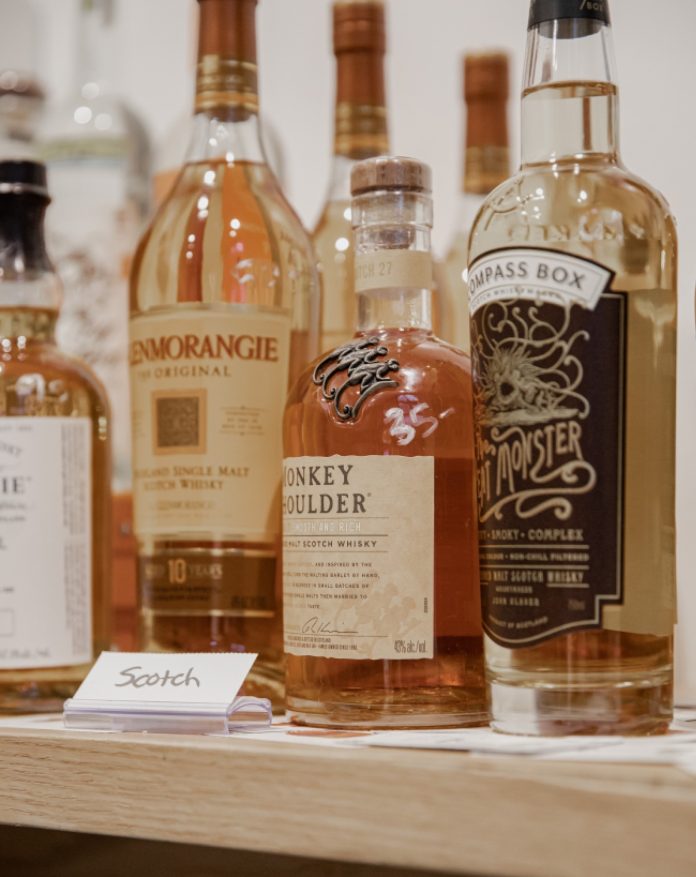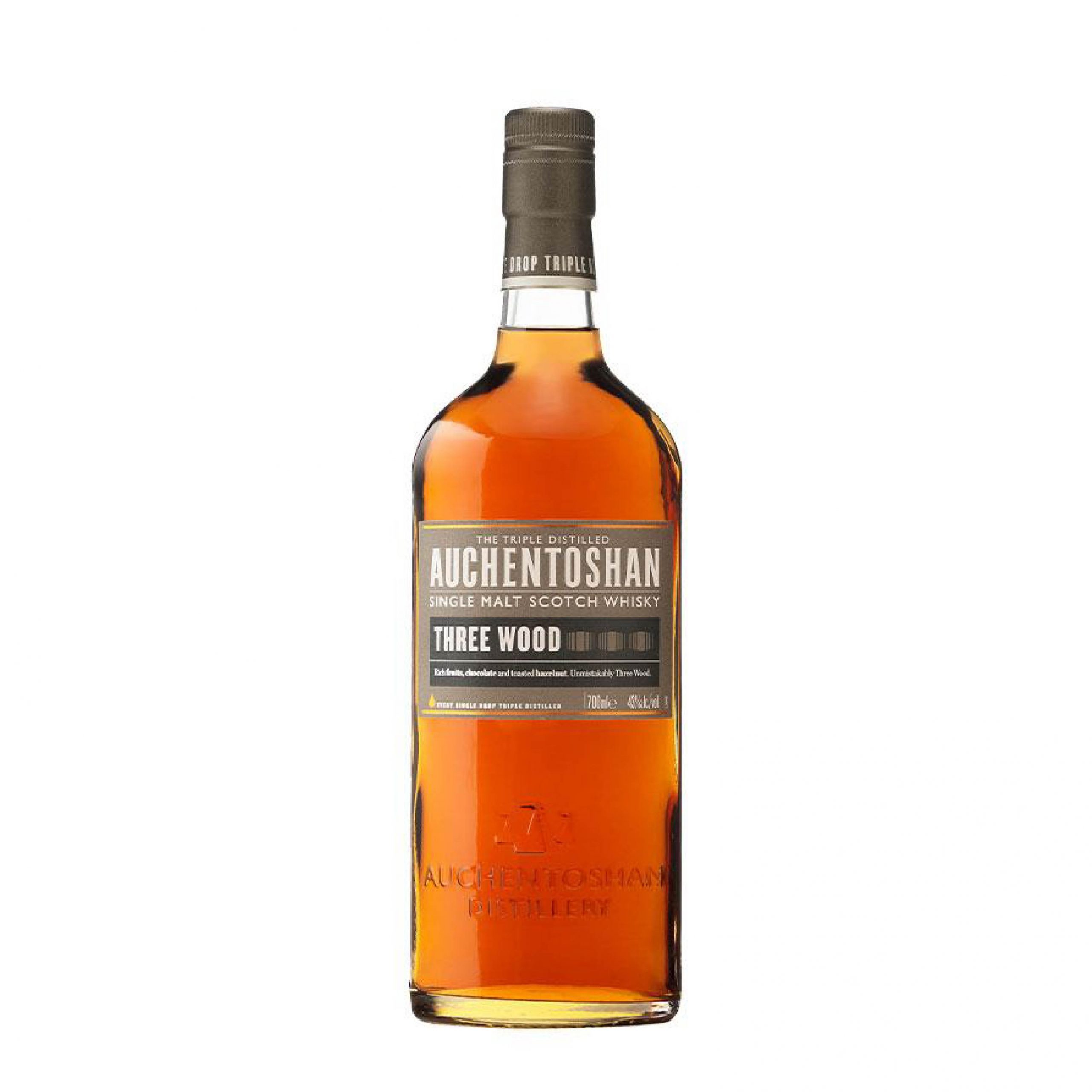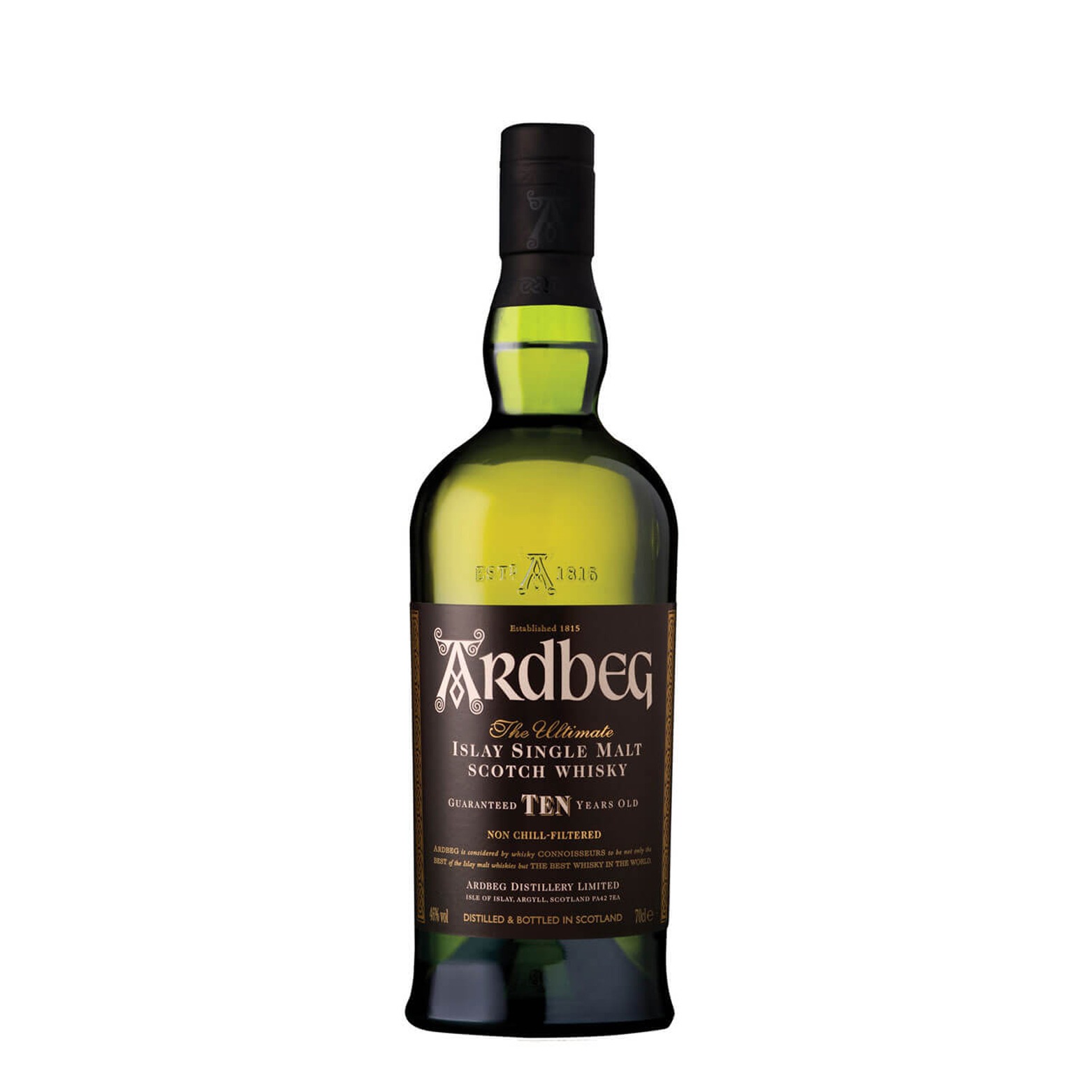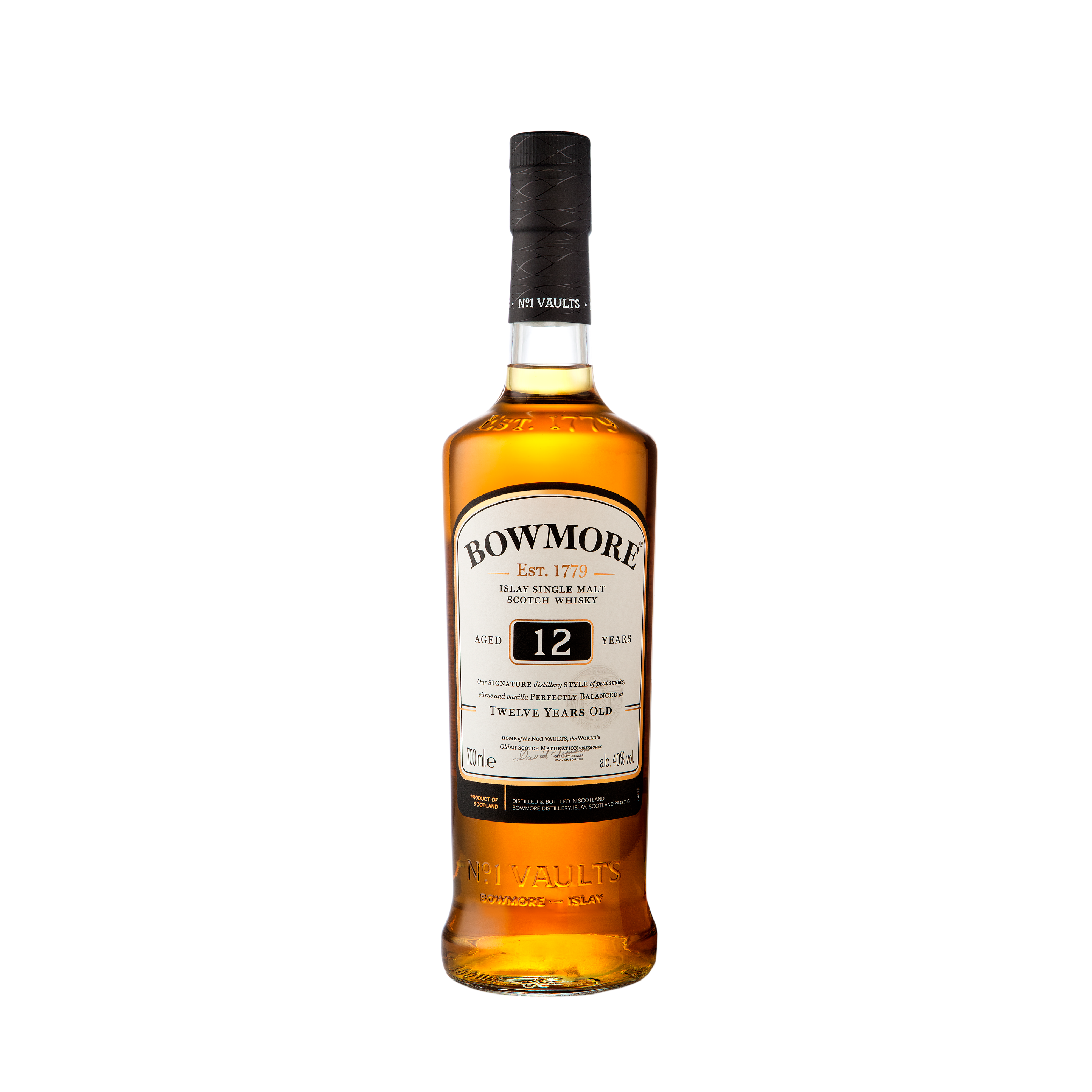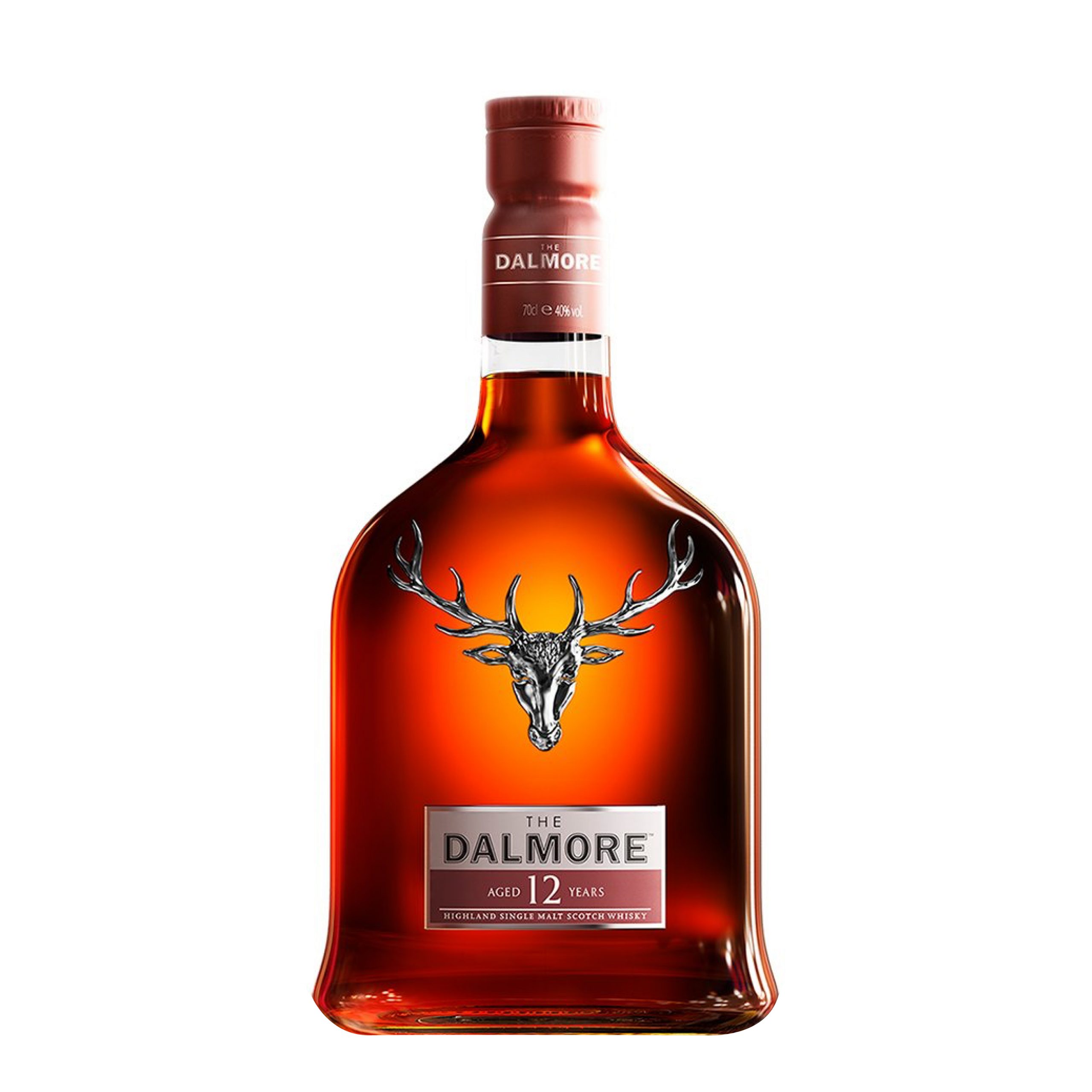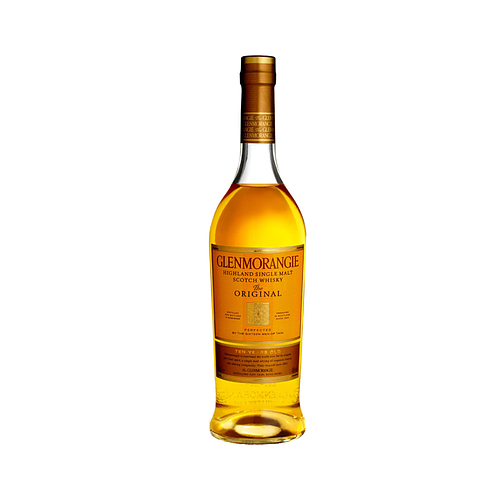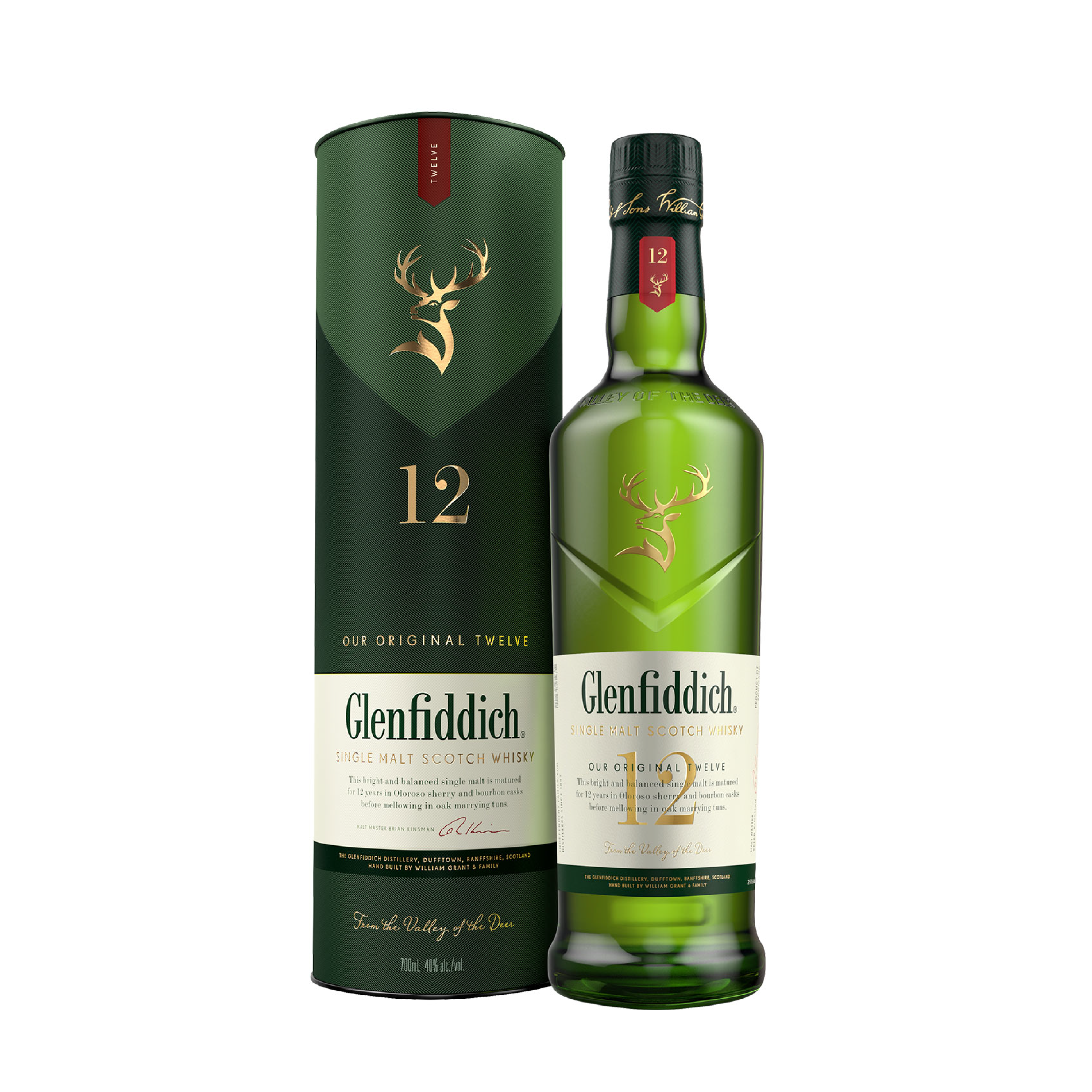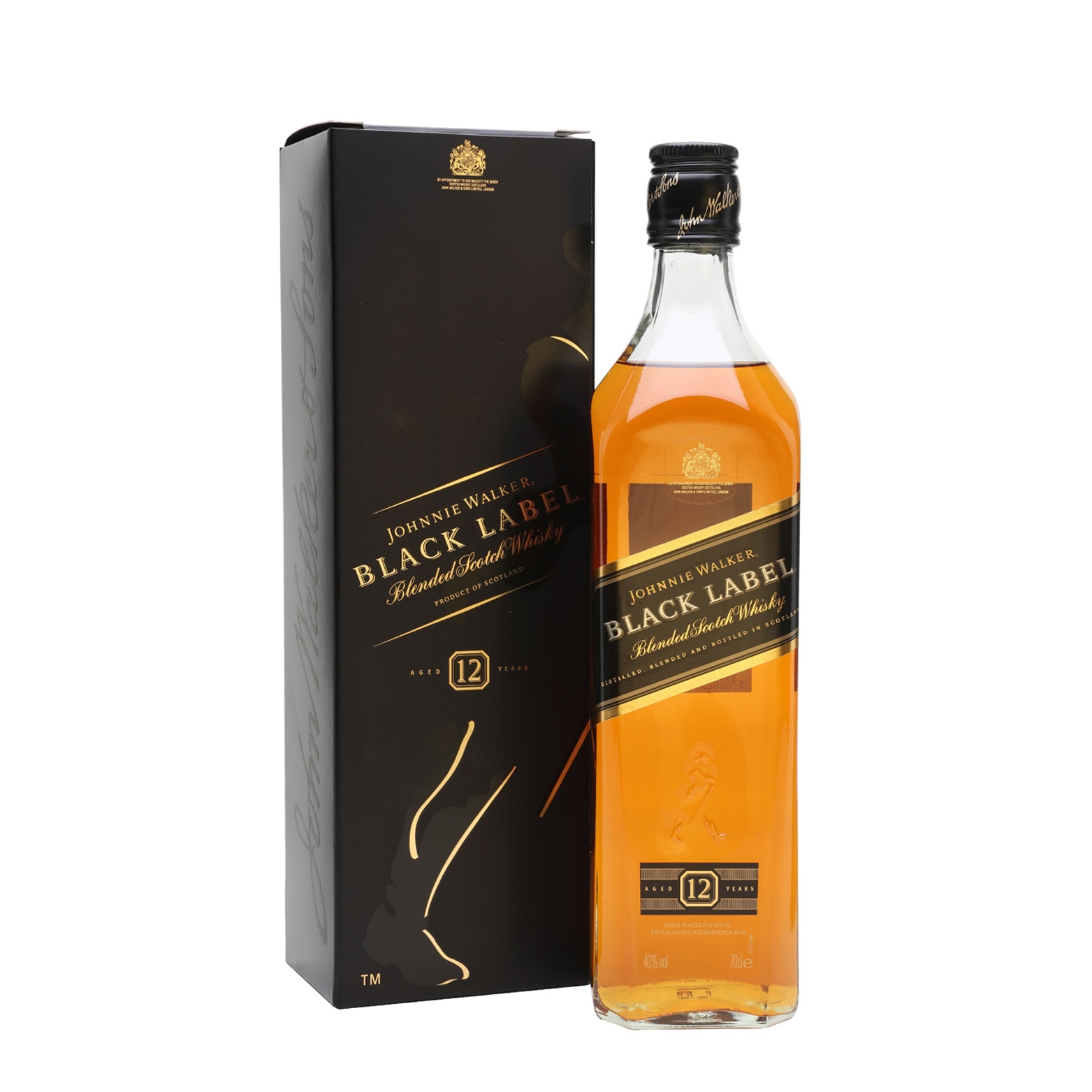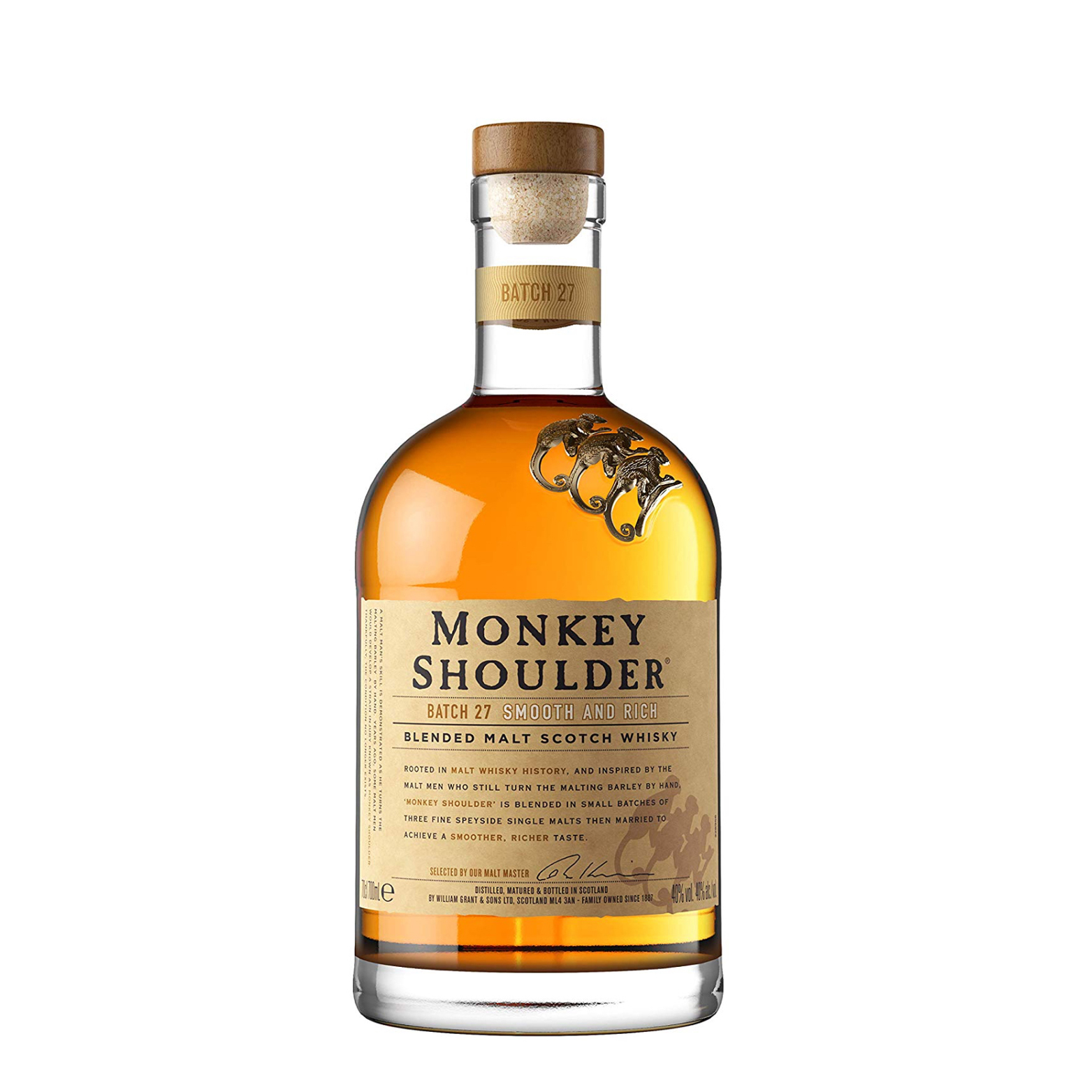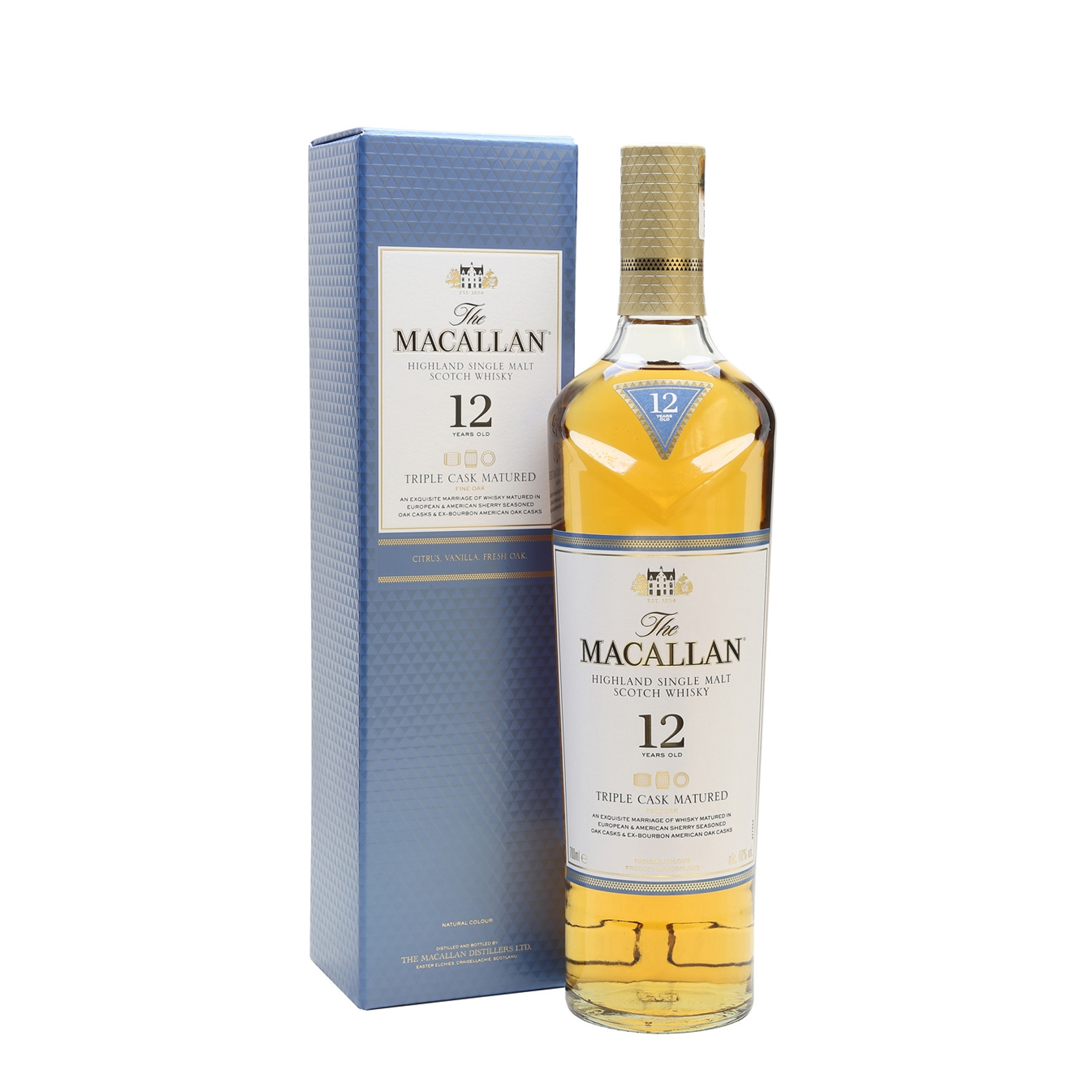There’s no doubt about it. Whisky was, is, and always will be loved by people from all corners of the world. From east to west, whisky is made in various styles and is a popular spirit of choice globally.
To those new to whisky, the drink may just seem like another brown alcoholic drink indistinguishable from the likes of brandy. Those who have dabbled in the wonderfully malty world of whisky, on the other hand, will attest to its uniqueness and quality.
Whisky has been made for hundreds of years, with no clear indication of its exact origins. Some say it was the people of the Scottish highlands who discovered how to distil their own whisky, and some say the art of distillation was brought to Scotland by travelling monks. Needless to say, Scotland is considered by many as the very heart of whisky distillation.
The word “whisky” is derived from the Gaelic words “uisge beatha” or “usquebaugh”, which translate to “water of life.” This tells you all you need to know about how precious this drink is to the Scots.
Nowadays, Scotland doesn’t have a monopoly on whisky. Countries like Ireland and Japan are also known for their malt prowess. However, Scotch Whisky is still held in high regard, sought after by whisky beginners and aficionados alike.
What exactly is Scotch whisky?
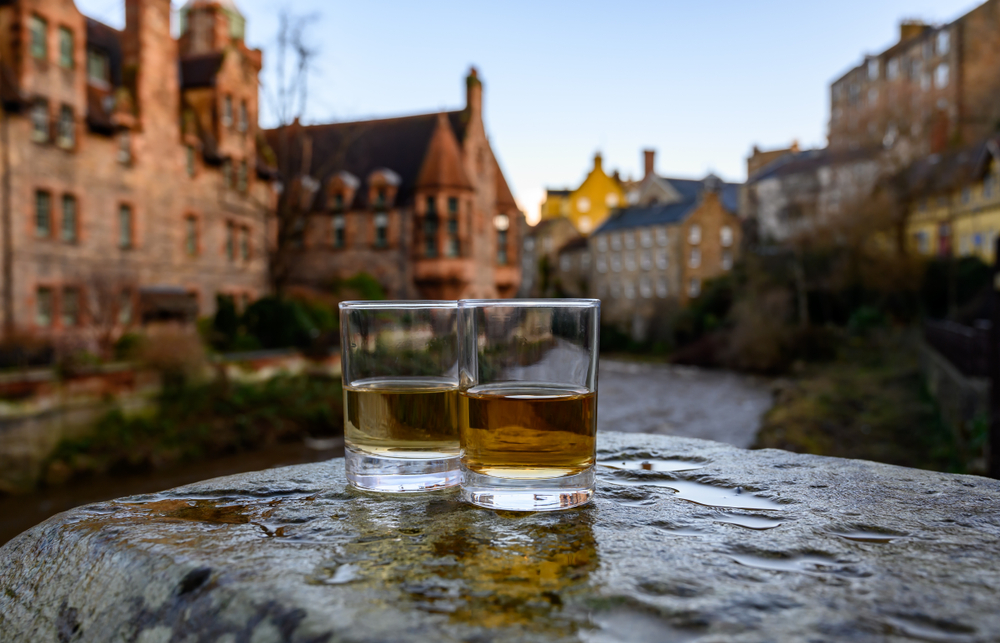
Scotch, simply put, is whisky made in Scotland. But it’s more complicated than that. There are different official classifications of Scotch, and each region that makes Scotch has their own signature style too.
Before we go into all these differences, let’s focus on what makes Scotch a Scotch. What do they all have in common?
First and foremost, Scotch whisky must be made with water and malted barley. Other whole-grain cereals can be added to the barley, which is then processed into a mash. The mash is fermented using only yeast, and is then distilled at an ABV of 94.8% or 190 proof.
For maturation, Scotch must be aged in oak casks (the distiller can choose whatever kind they’d like) with a maximum capacity of 700 litres for a minimum of 3 years. Scotch can be bottled with or without an age statement, but the minimum ageing will always be 3 years. For guaranteed-age whiskies, the age of the youngest whisky used must be the one reflected in the bottle. Other than water and caramel colouring, there should be no other added substances to the drink. Finally, Scotch must be bottled at a minimum of 40% ABV or 80 proof.
Styles of Scotch
Scotch is anything but arbitrary. Much like in the case of France’s Cognac from the Cognac region, there are strict guidelines for a whisky to be called a Scotch, a proud product of Scotland. The official categories of Scotch are strictly defined by law. There are five types of Scotch, namely Single Malt, Single Grain, Blended Malt, Blended Grain, and Blended Scotch.
Single Malts must be produced in a single distillery, made only with malted barley and then distilled in a pot still. Meanwhile, Single Grains can be made with malted barley and other grains (yes, the name can be misleading), which are then distilled in a column still within a single distillery.
Blended Malts are simply made with a blend of Single Malt Scotch whiskies from at least two distilleries, while Blended Grains contain a mix of Single Grain Scotch Whiskies from different distilleries.
Finally, Blended Scotch whiskies are made with a mix of both Single Malts and Single Grain Scotch Whiskies from different distilleries. As a result, a single blend can include as much as thirty or forty whiskies!
Distilling Regions in Scotland
Within Scotland, there are five main whisky-making regions, each producing whiskies with their own distinct style. The regions, namely Speyside, Highlands, Islay, Lowlands and Campbeltown, all create unique whiskies. The islands surrounding Scotland, although not considered an official region, are also grouped together and have commonalities that make them stand out. In a way, the region in which a Scotch is made is another form of categorization. For instance, an Islay whisky is distinct from a Speyside one, and some would prefer one over the other.
The Highlands is the country’s largest whisky-producing region. A fourth of all Scotch Whisky is produced in the Highlands. Due to its size, it’s hard to pin down a singular style for all Highland whiskies. Malts from this region can range anywhere from fruity to peaty. Popular Highlands whiskies include Dalmore, Glenmorangie, and Aberfeldy.
Speyside, as the name suggests, is situated near the River Spey. Although a region in itself, Speyside was once considered part of the Highlands as well. With over 60 distilleries, it is easily the region with the highest production in Scotland. Speyside whiskies are sweeter and more mellow in character, making them perfect for whisky beginners and casual enjoyers. The most popular Speyside whiskies include The Macallan, Glenfiddich, Dalwhinnie, and Glenlivet.
Islay is a small island off the western coast of Scotland, with eight renowned distilleries calling it home. Islay whiskies are considered the strongest and peatiest out of all the Scotch whiskies. Due to Islay’s coastal location, some sea notes can be found in their whiskies as well. Some of the most famous whiskies to come from Islay include Ardbeg and Laphroaig.
The Islands aren’t really considered a region; rather, they are considered as a subdivision under the Highlands region. These islands off the coast of the mainland house a handful of distilleries that have varying styles. However, what Island whiskies have in common are coastal and sea notes as well as smoke and peat. Highland Park and Talisker are just some of the whiskies produced in these islands.
Lowlands covers a large area in the southern part of Scotland, but only five distilleries operate within it. Lowland whiskies are softer and lighter than other Scotch whiskies. They are characterized by subtle and gentle flavours with no peatiness, that’s why Lowland whiskies like Auchentoshan are great as entry-level drams.
Campbeltown used to be home to 34 distilleries, making it one of the largest and most active whisky-producing regions in Scotland. However, distilleries have closed down over the years, leaving only three remaining. The remaining distilleries each have their own distinct styles, producing whiskies that ranging from grassy to smoky.
Where to Start
At this point, you now have some idea about Scotch. Naturally, the next step would be to try it out. Don’t go grabbing just any bottle from the shelves now!
If you’re a whisky beginner, the last thing you want is to shock yourself with a too-strong Scotch right off the bat.
Start with lighter, entry-level expressions before moving up to smokier, peatier, and stronger drams. A good way to start would be with no-age-statement whiskies or whiskies aged ten to fourteen years.
Here are some good bottles to start with:
Aberfeldy 12
Aberfeldy distillery prides themselves in their superb water source as well as their fine oak casks, which result in their clean-tasting, fruity, and honeyed whiskies. Their 12 year old expression is rich with flavours of honeyed fruits and spices as well as vanilla and smoke. This is an approachable dram that can be sipped for any occasion.
- Region: Highlands
- Type: Single Malt Scotch
- Age: 12 Years
- Alcohol Strength: 40%ABV
Auchentoshan Three Wood Malt
Auchentoshan is distinguished by their signature triple distillation process, which results in smooth and delicate whiskies. Auchentoshan Three Wood Malt, as the name suggests, is matured in three cask types, namely American Bourbon, Spanish Oloroso, and Pedro Ximenez Sherry casks. The resulting whisky is rich and complex, with notes of sherry, fruits, nuts, and caramelized sugar. This dram is an excellent introductory whisky for those who are just starting their malt journey.
- Region: Lowlands
- Type: Single Malt Scotch
- Age: No Age Statement
- Alcohol Strength: 43%ABV
Ardbeg 10 Years Old
This award-winning 10 year old expression from Ardbeg is a great introduction to peaty and smoky whiskies. It is a little stronger than your usual Highland or Speyside malt, but this is still a great entry point for Islay whiskies. Complex and peaty yet bearing the natural sweetness of malt, this is a wonderfully balanced drink.
- Region: Islay
- Type: Single Malt Scotch
- Age: 10 Years
- Alcohol Strength: 46%ABV
Bowmore 12
Bowmore is the oldest distillery in Islay. Their 12 year old expression is another Islay whisky worth trying if you’re just starting out. Described as “medium peated,” this malt is gentle and balanced with notes of flowers, honey, smoke, and citrus. Its balanced and complex taste is well-loved by whisky drinkers everywhere.
- Region: Islay
- Type: Single Malt Scotch
- Age: 12 Years
- Alcohol Strength: 40%ABV
Dalmore 12 Years
Dalmore 12 Years is the brand’s entry-level bottling. Despite only being aged for 12 years, this single malt bears an unexpected complexity, brought about by its maturation in ex-bourbon and ex-sherry casks. You don’t need to look any further if you’re looking for a rich and sweet whisky.
- Region: Highlands
- Type: Single Malt Scotch
- Age: 12 Years
- Alcohol Strength: 40%ABV
Glenmorangie 10 Years
Glenmorangie whiskies are known for their fruity and delicate taste, which is achieved through careful selection of oak casks, use of mineral-rich water, and use of the tallest copper pot stills in all of Scotland. This delicate taste makes Glenmorangie a good starting point for any aspiring whisky drinker. The Original 10 years old from Glenmorangie is known for its mellow taste, bursting with notes of honey, vanilla, and citrus. If you’re just starting out, this is the way to go!
- Region: Highlands
- Type: Single Malt Scotch
- Age: 10 Years
- Alcohol Strength: 43%ABV
Glenfiddich 12
Glenfiddich is the world’s most awarded single malt, receiving the most awards in two of the world’s most prestigious competitions, IWSC and ISC. It is also one of the best-selling Scotch malts in the world. Well-awarded and easy to find, Glenfiddich is a great starting point for whisky newbies. The distillery’s 12 year old expression is a multi-award-winning classic Speyside whisky. Matured in American and European oak casks for at least 12 years, this whisky is sweet, fresh, and fruity.
- Region: Speyside
- Type: Single Malt Scotch
- Age: 12 Years
- Alcohol Strength: 40%ABV
Glenlivet 12
Glenlivet 12 Years Old is one of the most popular whiskies in the world. A staple in most whisky collections, this well-loved dram is made by maturing whisky in traditional oak and American oak casks. Smooth, fruity, and complex, this is a truly delicious dram that’s preferred by casual drinkers and connoisseurs alike. When picking up your very first Scotch bottle, you can’t go wrong with Glenlivet 12.
- Region: Speyside
- Type: Single Malt Scotch
- Age: 12 Years
- Alcohol Strength: 43%ABV
Johnnie Walker Black
Johnnie Walker is one of the most popular, top-selling, and recognizable whisky brands in the world, and many a whisky drinker started with Johnnie Walker as their first dram. The brand’s Black Label is their iconic bottling. It’s ubiquitous, well-loved, and a go-to drink, so of course it’s a great introduction to the world of Scotch. This blend is a mix of around forty whiskies from all over Scotland, which results in a complex yet timeless whisky.
- Region: Speyside
- Type: Blended Scotch
- Age: No Age Statement
- Alcohol Strength: 40%ABV
Monkey Shoulder
The rather playful name has roots in traditional whisky creation. Back then, malt men would develop a shoulder injury called “monkey shoulder,” referring to how the injured arm hangs down like a monkey’s. A tribute to the malt men of old who hand-turned malted barley, this award-winning blended malt is a mix of high-quality malts from Speyside. The result is a smooth, creamy, malty, and fruity blend that’s perfect when mixed into cocktails. Even bartenders attest to that!
- Region: Speyside
- Type: Blended Malt
- Age: No Age Statement
- Alcohol Strength: 40%ABV
Macallan Triple Cask 12 Years
When it comes to Scotch, Macallan is about as top shelf as it gets. If you’re willing to splurge on a premium whisky for your first try, there’s no better way to do it than to get a bottle of Macallan’s entry-level offering from their Triple Cask series. This one’s beautifully smooth and delicate, owing to its maturation in three different cask types. It’s light and fresh, a perfect Scotch to start your whisky journey with.
- Region: Speyside
- Type: Single Malt Scotch
- Age: 12 Years
- Alcohol Strength: 40%ABV
Talisker 10
Talisker is the oldest distillery on the Island of Skye. Their 10 year old expression is a favourite among many, ranging from casual drinkers to aficionados. What makes it so well-loved is the way it maintains balance despite being rich and complex. Smoky and coastal while still deliciously fruity and sweet, this award-winning Scotch is a great entry-level drink.
- Region: Islands
- Type: Single Malt Scotch
- Age: 10 Years
- Alcohol Strength: 45.8%ABV
Enjoy same-day* delivery with getIt by Changi Recommends. Download Atome app and pay over 3 easy payments today!
